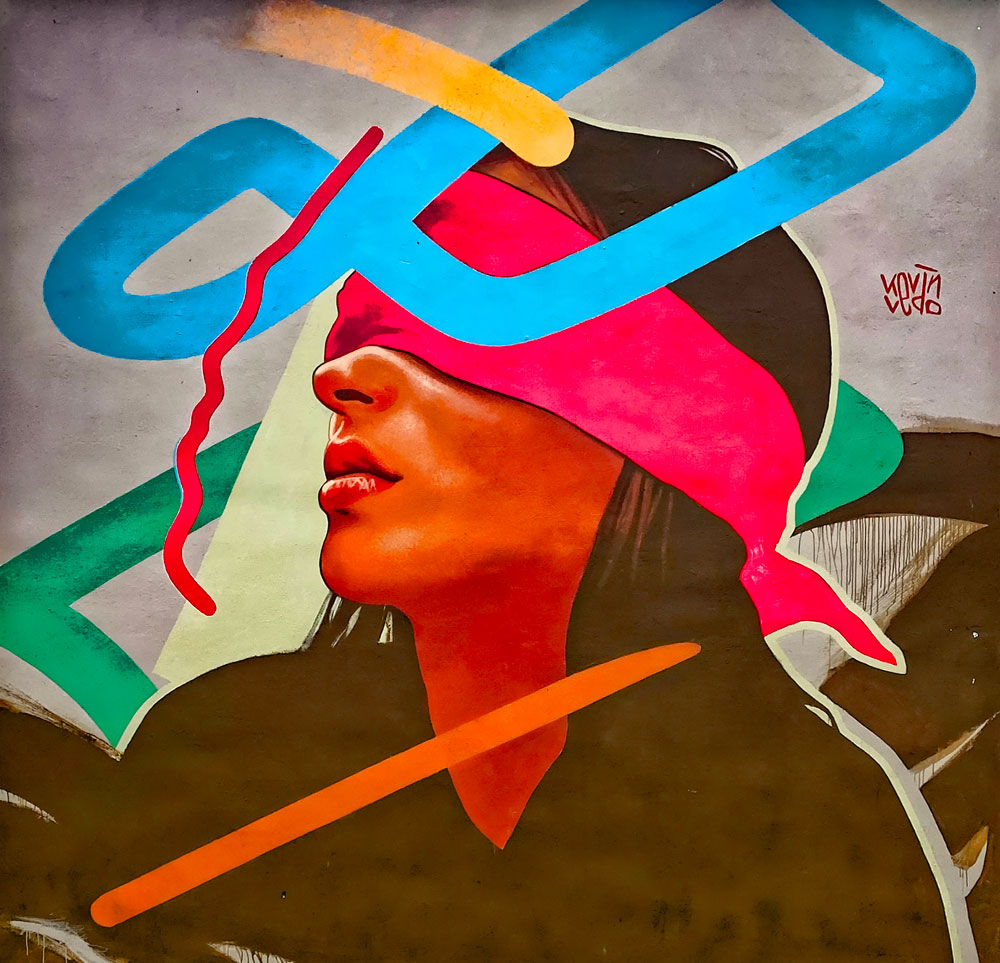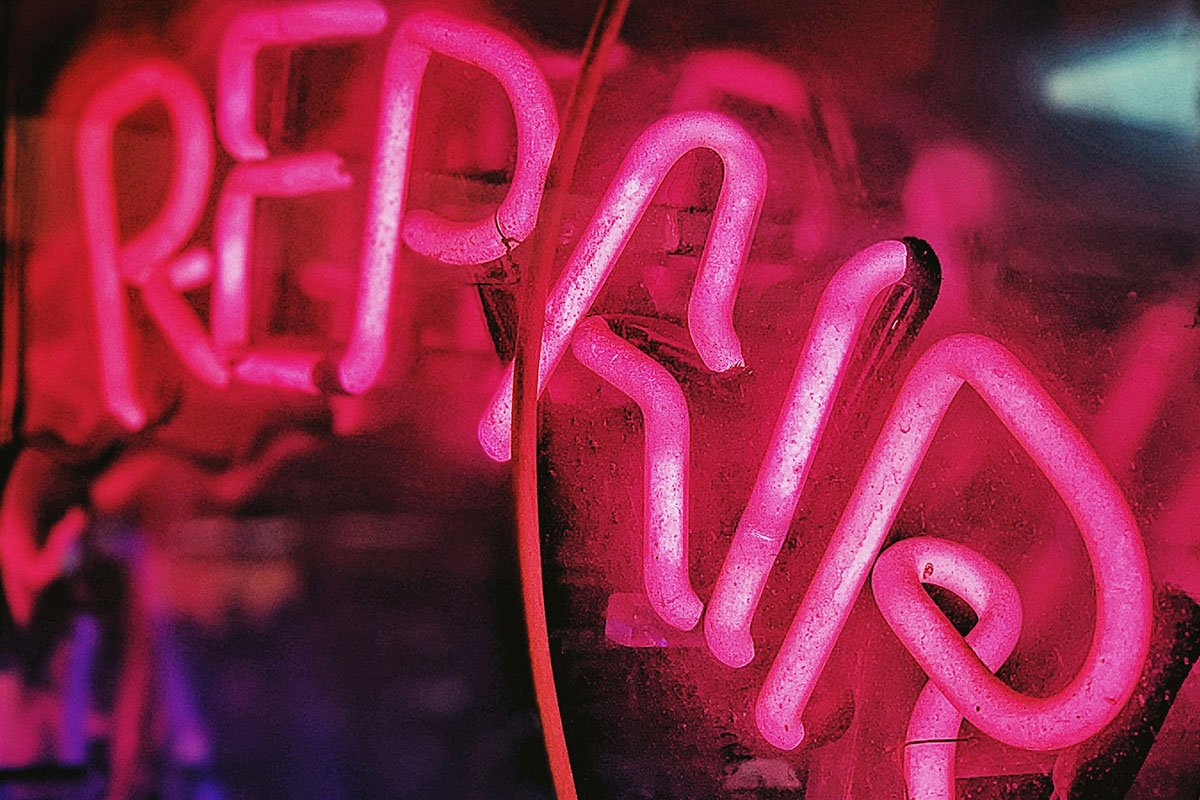
The election has been called, and now we are faced with the task of either rebuilding into the old or building anew. This requires a rethink of what is and isn’t working for our democracy. It calls for journalism that is respectful, bold, principled, and fair, that champions truth for the publics it serves.
Truth itself has been badly and blithely disrespected of late, with media too often acting as a servant, regularly bringing baseless tweets as the news to use to focus our discourse. But perhaps there’s a new resolve we can see; as Election Day concluded, a good number of networks refused to run a press conference from the incumbent where the integrity of the election was being questioned without benefit of evidence.
It is in this context that the Knight Foundation is making a $3-million grant investment in four projects designed to help journalists combat misinformation and disinformation. The grants, as Knight describes them, are as follows:
- First Draft: $1.2 million to deliver training programs and collaborative reporting projects for journalists to help them navigate and halt the spread of misinformation and disinformation online. Led by Claire Wardle, a leading expert on social media, user-generated content, and verification, First Draft has trained over 3,000 journalists this year and built a dashboard that offers daily insights on what their investigative research team sees online. The dashboard provides context and suggests how to proceed with the information for your audiences. Journalists can request access to @FD_Update for more team insights.
- Harvard’s Shorenstein Center on Media, Politics and Public Policy: $800,000 to equip news executives with knowledge and frameworks to address media manipulation and disinformation. The money supports a training program led by Dr. Joan Donovan, a world-renowned expert in examining internet and technology studies, online extremism, media manipulation, and disinformation campaigns.
- Duke University: $700,000 to expand the availability of fact-check journalism by using automation to provide instant notifications of fact-checks during live events such as speeches and debates. This effort is led by Bill Adair, the creator of the Pulitzer Prize-winning website PolitiFact and the developer of TV Kitchen, a tool that will help journalists more easily monitor broadcast and cable television election coverage by automatically transcribing spoken words and other elements into text.
- Rochester Institute of Technology: $200,000 to equip journalists with an effective tool and best practices to detect “deepfakes,” or altered photos and videos. Led by Matthew Wright, a cybersecurity expert with a focus on adversarial machine learning, distributed systems and usable security.
In explaining the foundation’s focus on these four grants, Paul Cheung, Knight’s director of journalism and tech innovation, says the foundation is responding to an acceleration of misinformation specifically designed to disorient the public. This calls for an infrastructure that builds tools and processes to identify and produce reliable places to source more credible information. Part of that will be found in the fact-checking mechanisms the new news landscape has adopted as familiar and reliable. But another part of the response must be a set of standards, not just seated in newsrooms themselves but held across the field of journalism and supported by a media literate public.
“The question is,” he offered, “how do newsrooms reinforce their own adherence to processes to address the accuracy of information in an explicit way?”
Sign up for our free newsletters
Subscribe to NPQ's newsletters to have our top stories delivered directly to your inbox.
By signing up, you agree to our privacy policy and terms of use, and to receive messages from NPQ and our partners.
Some of this has to do with being able to recognize and call out doctored information—or, indeed, any false information, whether intentionally manipulated or not. Public fact-checking, he points out, is a major advancement, and it is useful as a tool for the public and for newsrooms. But, going a bit deeper, there is also a need for updated standards and ethics that address the variety of ways the news picks up and spreads misinformation.
Journalists must adopt such tools and processes, Cheung says, but they must also make them transparent and pass them along, so the community is a part of the truth-seeking and critical thinking mission. This view of developing a new landscape for news that involves the literate consumer has been around for some time, but building an infrastructure for standards of reliability to center integrity in it is novel and exciting.
“When you think about it,” says Cheung, “this is about consumer protection, but you can also think about the prevalence of misinformation and disinformation as a chronic illness that consumers have to educate themselves about and take action on.”
But, as media pundit Jay Rosen has famously opined, there is no such thing in journalism as “a view from nowhere,” and many claims to an objective position still have to be interrogated for blind adherence to the dominant perspective. This misuse of the meaning of the word “objective” has, in the past, led to frames that exclude reality and a disenfranchisement of whole swaths of the population. So, how do we begin the task of agreeing on what the facts are, and how we are to go about making the country whole while deeply respecting its individual parts?
We in journalism must now go about answering this question, both in the field and in discourse in general, but essential to the success of this complex endeavor and as a foundation for dialogue is active refusal to print and broadcast what we know are outright lies.











